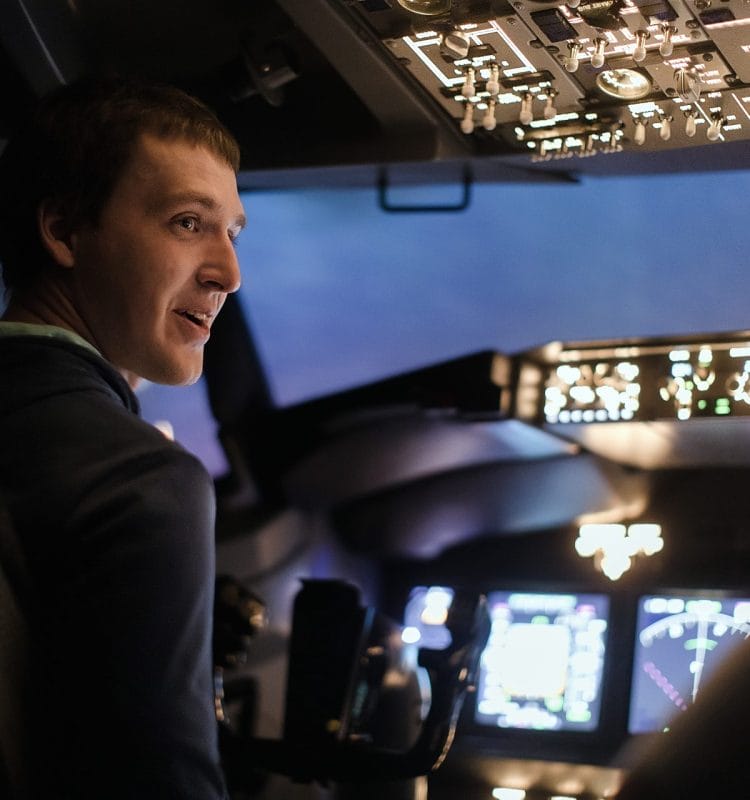EN


In the fast-evolving landscape of aviation research, cutting-edge technologies are paving the way for deeper insights into pilot training, proficiency, and overall human behavior within the cockpit. In a recent podcast interview with iMotions, Nam, a representative from the innovative bio-data integration company, sheds light on how iMotions is playing a pivotal role in transforming the aviation industry.
Nam begins with iMotions’ overarching mission – to lower the barrier for integrating bio-data into research efforts. In the aviation industry, where stakeholders may lack expertise in biometrics, iMotions steps in to streamline the integration of tools like eye tracking from devices such as Smart Eye Pro. This integration includes a comprehensive array of biometric data, from heart rate and skin sweat to facial emotion detection and brain responses.
Nam explains that the aviation industry, particularly in pilot training, is currently centered around eye tracking technologies. Tools like Smart Eye Pro provide real-time data on pilots’ attention, offering insights into their focus on different screens, panels, and the windshield during training scenarios. This live data becomes invaluable for assessing pilot proficiency, understanding their attention patterns, and providing immediate feedback.
Beyond eye tracking, Nam notes that exploratory avenues are being pursued, incorporating biosensors to delve into areas like emotion regulation. While heart rate and facial expressions are still in the early stages of adoption, they hold promise for enhancing the understanding of pilots’ emotional states during various flight scenarios.
Nam shares specific insights gained from working closely with pilots and trainers. One significant advantage is the ability to uncover a deeper truth about pilots’ experiences, moment by moment. Traditional methods of reviewing performance often rely on memory, which can be flawed due to biases and recency bias. By recording and analyzing interactions, trainers can provide pilots with a comprehensive understanding of their decision-making processes, ensuring efficient execution of tasks in the correct order.
The integration of biosensors and eye tracking technologies by iMotions is revolutionizing the aviation research landscape. The ability to capture and interpret biometric data in real-time not only enhances pilot training but also provides a more profound understanding of human behavior in complex environments. As we look to the future of aviation, these technologies hold the promise of safer skies and more proficient pilots, marking a significant leap forward in the intersection of technology and human-centric AI.
Interested in eye tracking for pilot training? Download our Comprehensive Guide to Eye Tracking Technology for the Aviation Industry here, or contact us today to schedule a demo!

